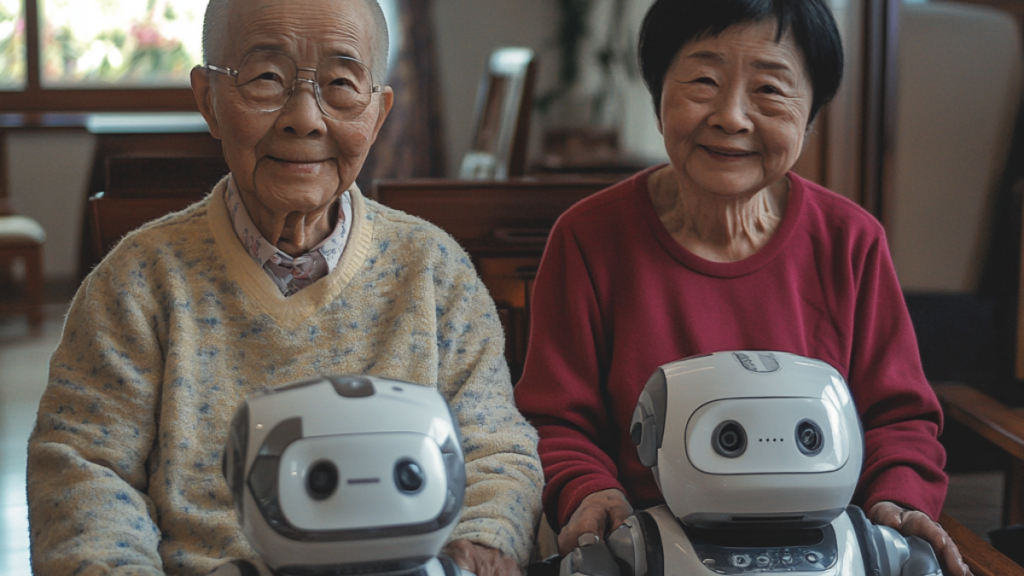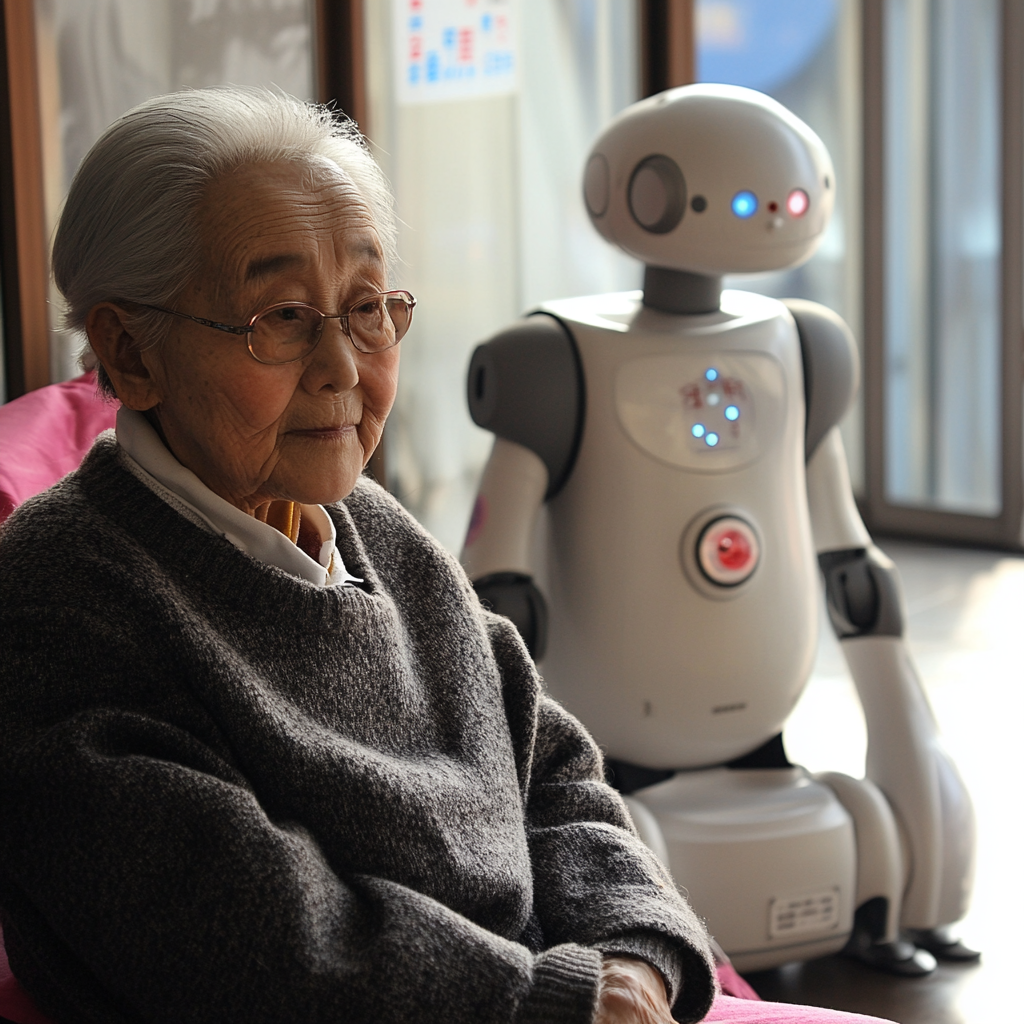Faced with a rapidly expanding aging population, China is adopting innovative measures to meet this demographic challenge. The Chinese State Council recently announced a plan to integrate humanoid robots into elderly care services, an initiative that places the country among the pioneers in the use of technology to care for the elderly.

Technology policies for seniors
On December 30, 2024, the Central Committee of the Communist Party of China and the State Council issued new guidelines. These emphasize the development of humanoid robots, brain-computer interfaces and artificial intelligence (AI) technologies specifically designed to improve care services for the elderly.
This ambitious plan aims to establish a national network of services for senior citizens by 2029. By 2035, all elderly citizens should have access to basic services, thanks to a mature care system adapted to the growing needs of an aging population.
An urgent need for innovation in the face of an aging population
With over 216.76 million citizens aged 65 or over by the end of 2023, representing 15.4% of the total population, China is facing considerable pressure. This phenomenon is exacerbated by a glaring lack of care infrastructure, with only 8.2 million beds available for the elderly nationwide.
Humanoid robots will play a crucial role in this transformation. Designed to offer advanced interaction, these robots will be able to accompany the elderly emotionally, monitor their health, and even provide intelligent home services.
To reinforce this approach, China is working on the creation of a unified national information platform for senior care. This tool will help to better align service provision with the growing needs of the population.
Local initiatives on the front line
Several major Chinese cities are actively involved in integrating robots into senior care. In Beijing, an action plan for the development of humanoid robots has been launched, with clear targets for 2027. These robots will be used for emotional companionship, health monitoring and intelligent household services.
In Wuhan, similar initiatives are underway. Here, robots are designed to interact with senior citizens using cutting-edge technologies such as 3D facial modeling, enabling them to adopt a familiar appearance, sometimes that of relatives or even a rejuvenated version of the senior citizen himself.

Shanghai has also taken the lead in publishing the first national guidelines on the governance of humanoid robots, focusing on risk management and international collaboration.
Ageing population: A response to a global challenge
The crisis of an aging population is not confined to China. Across the Asia-Pacific region, the elderly population is set to double to 1.2 billion by 2050, according to the Asian Development Bank (ADB).
India, despite having the world’s largest young population, is also seeing a rapid increase in the number of elderly people. According to the UN, India’s elderly population is set to grow from 153 million to 347 million by 2050, posing similar care challenges.
The future of care: between technology and humanity
The growing use of humanoid robots to care for the elderly marks a significant step forward in managing the challenges of aging. These technologies offer innovative solutions, but their effectiveness and social acceptance will need to be regularly assessed.
While China leads the charge with these futuristic initiatives, the rest of the world is watching closely, seeking to learn lessons for its own demographic challenges.
Published by the Editorial Staff on
